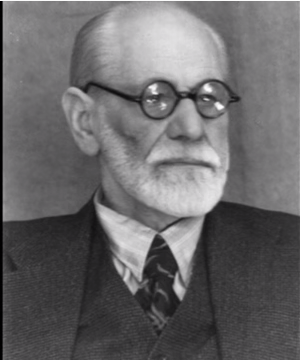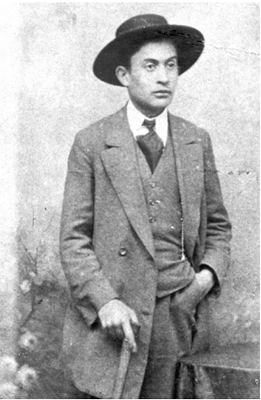Good Morning:
Lisken Van Pelt Dus
I know Lisken Van Pelt Dus has been in our column before, but this time is different. It’s not with individual poems, but with a whole book.
It’s been said that poetry is music for the soul. Well, if so, then never did our souls need music so much as now, which is why I recommend How Many Hands to Home by local poet, musician, and teacher of writing, languages, and martial arts, Lisken Van Pelt Dus.
Once you get past the title, which is a poem in itself, you begin to enjoy your first reading (and there will be many more) of Lisken Van Pelt Dus’ How Many Hands to Home (Mayapple Press, 2025). War, fear, love—this graceful little book takes them all on and renders them part of our knowledge—a knowledge we seem to have always had.
Among my favorites are “After the Dying”, “Remix: The Paper Brigade”, “Towards the Starting Points”, “London Asks to be Remembered”, “Blind Earl Teacup”, and “Autumn Letter”, with its charming epigraph, “to my nursery school fiance, Benjamin”.
So, there you have it. As they say in restaurants, “Enjoy!”
–Irene Willis, author, Allow Me: New and Selected Poems 1975-2021 (IPBooks, 2022).
Click Here for: More information about this book.




